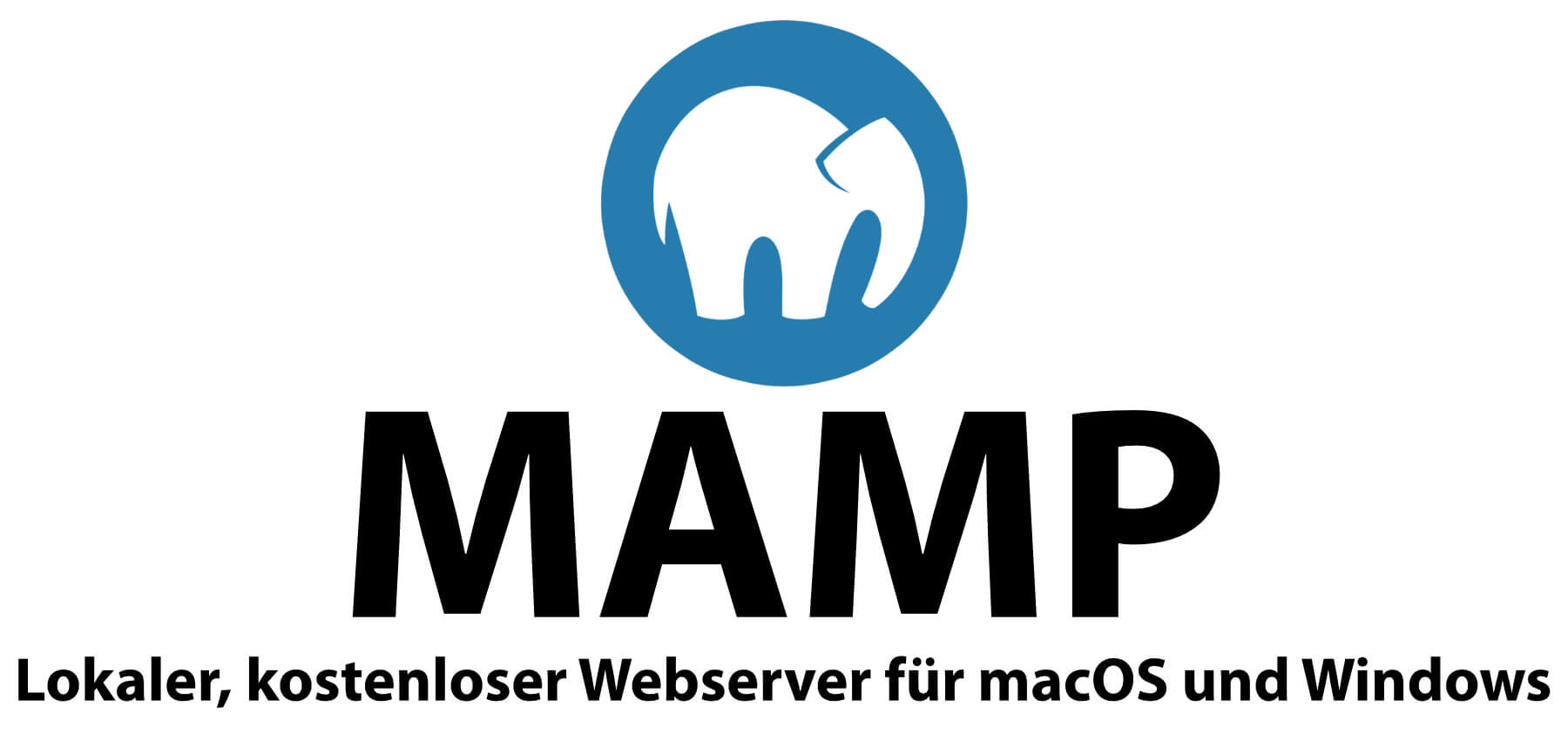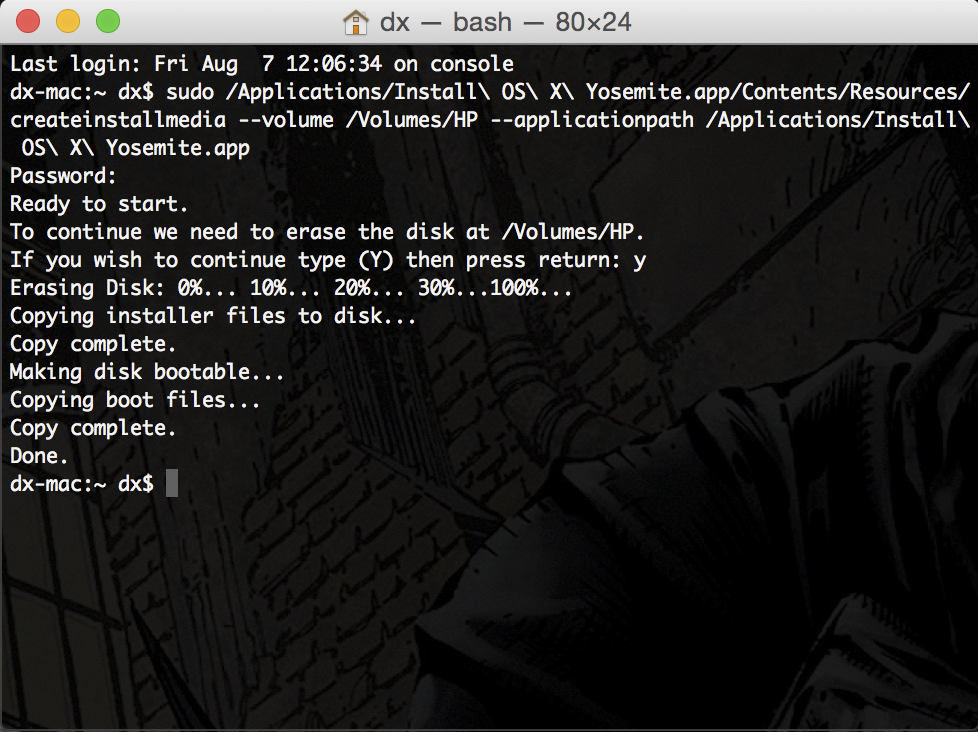Setting up Virtual Hosts in Apache on on macOS Big Sur is straight forward after you have your local Web Development environment up and running – get your web development up and running first including Apache, PHP and MySQL on macOS following this macOS Big Sur Apache/PHP/MySQL guide here if required.
This guide will also work in macOS Catalina, Mojave, High Sierra and Sierra.
I have upgraded my laptop from Mojave to Catalina. I do not use my laptop with any of the Apache Services. My current version of Apache httpd is: Apache/2.4.41 My security team told me that I need to update to Apache/2.4.42 or later. How do I do that? Can I run a simple command line that update the Apache httpd version to 2.4.42 or later. MacOS Catalina, the latest version of the world’s most advanced desktop operating system, is now available as a free software update. With macOS Catalina, users are able to enjoy Apple Arcade, a groundbreaking new game subscription service featuring new, exclusive games from some of the world’s most creative developers.
The process of setting up Virtual Hosts is done easier in the Terminal either using nano or vi with sudo or as a root user, or you can you a GUI visual editor like BBEdit which allows access to the /private/etc directory by clicking ‘Show Everything” in the open dialog box.
Allow the vhosts configuration from the Apache configuration file httpd.conf
Open the httpd.conf
Search for ‘vhosts‘ and uncomment the include line
Edit the vhosts.conf file

Open this file to add in the virtual host.

An example domain in the file is given of the format required to add in additional domains, just follow this to create your new virtual host:

We can take this example and extend on it, if you wanted a domain named apple.com for example, you can copy the existing text block and edit to suit:
So in the example above a vhost for apple.com is created and the document root is in the Sites/apple folder, in the text block above I have also added in some log files, what you need to change is the document root location username and domain name to suit your needs. Finish and save the file.
Now also you need to map the IP address to be the localhost.
Map Your IP address to localhost
Add the Domain and ‘www‘ alias to resolve to the localhost address
Restart Apache
Mac Catalina Apache Key
Check out your local vhost domain in the browser

Losing Localhost
One caveat to note about virtual hosts is that once set up you lose your older document root previously at /Library/WebServer/Documents or accessed in the browser at http://localhost what happens is that you get a 403 Forbidden Error. But the ~/username document root is still compatible.
To get around this, you need to add in a vhost for localhost and declare this vhost before any of the others, in the same file:
Add in:

Restart Apache
Changing the WebServer Default User
One of the frustrations of using the Users/username/Sites folder for vhosts is the permissions issues with things like updates and authentication.
This is because the default webserver user which runs httpd is known as _www, which will not be the user in your local account. If your machine is only in use by you and the webserver will run only under your account then you can change the user.
Find Your User and Group
In the Terminal use the id command to see your username and group
You will get a bunch of user groups, you need your primary user uid and group gid names
Change this back in /etc/apache2/httpd.conf
Restart Apache
Restart Apache and now you are running httpd as your local account.
Mac Catalina Remove Apache
That’s it, the guide will also work on macOS Catalina, Mojave, High Sierra and Sierra.